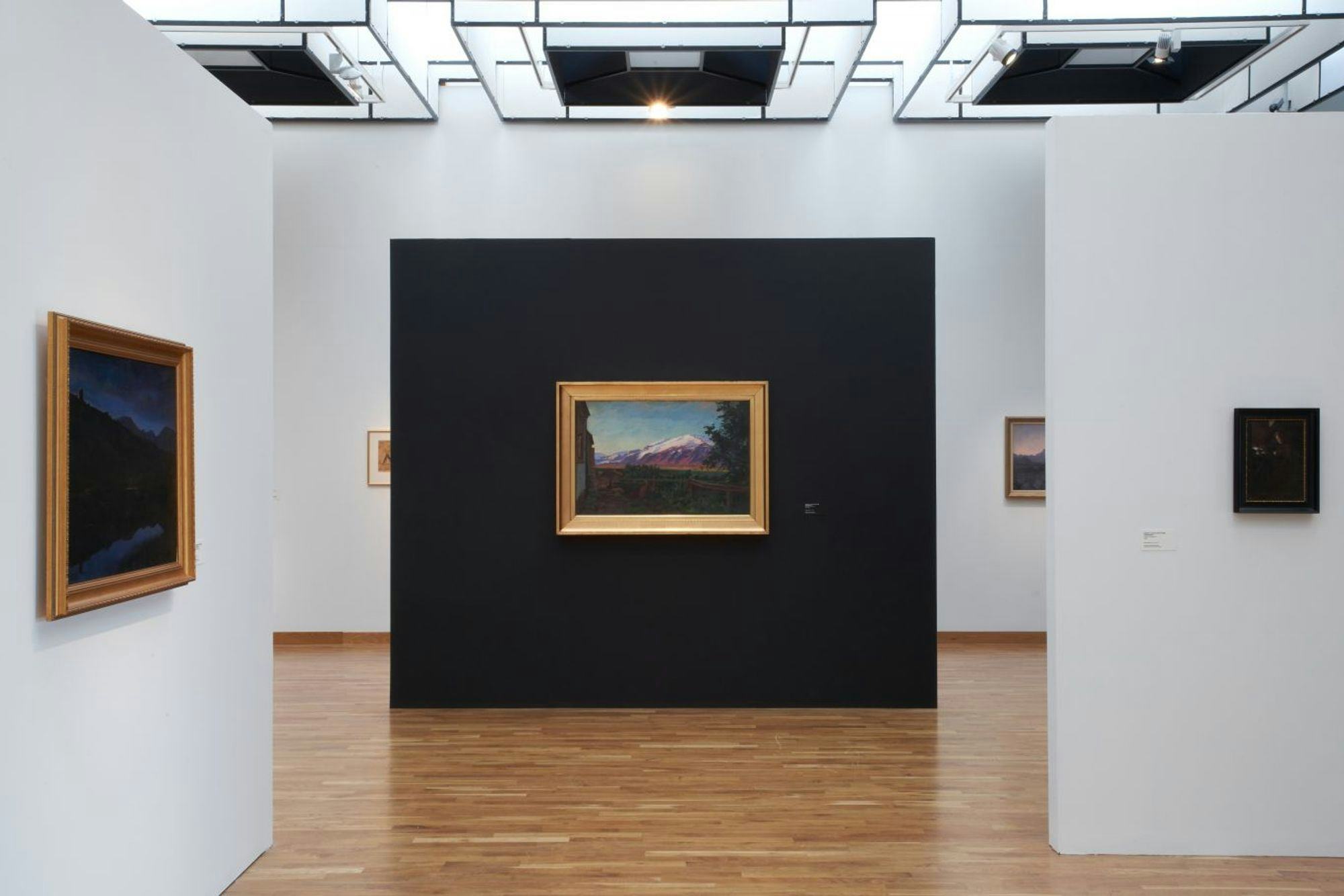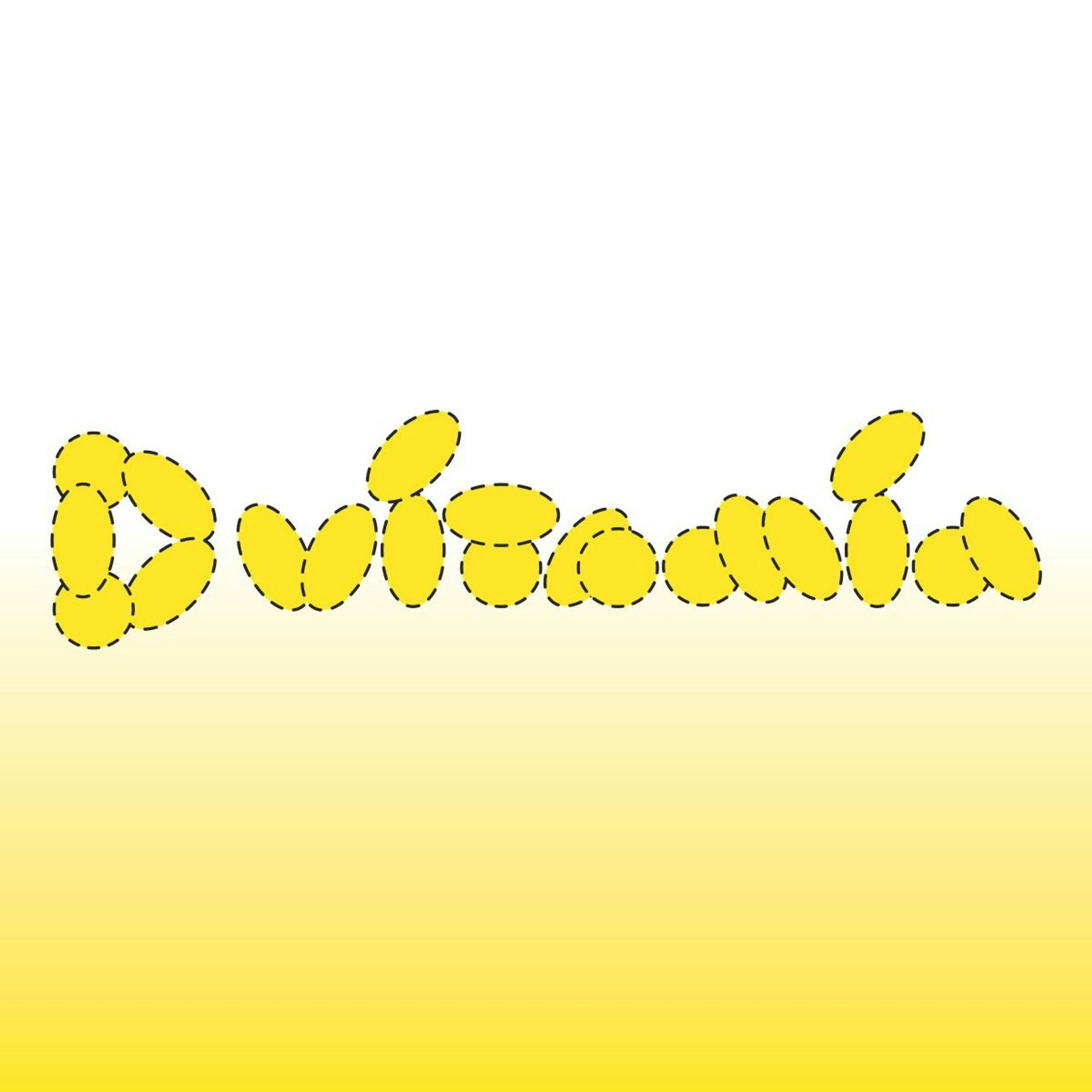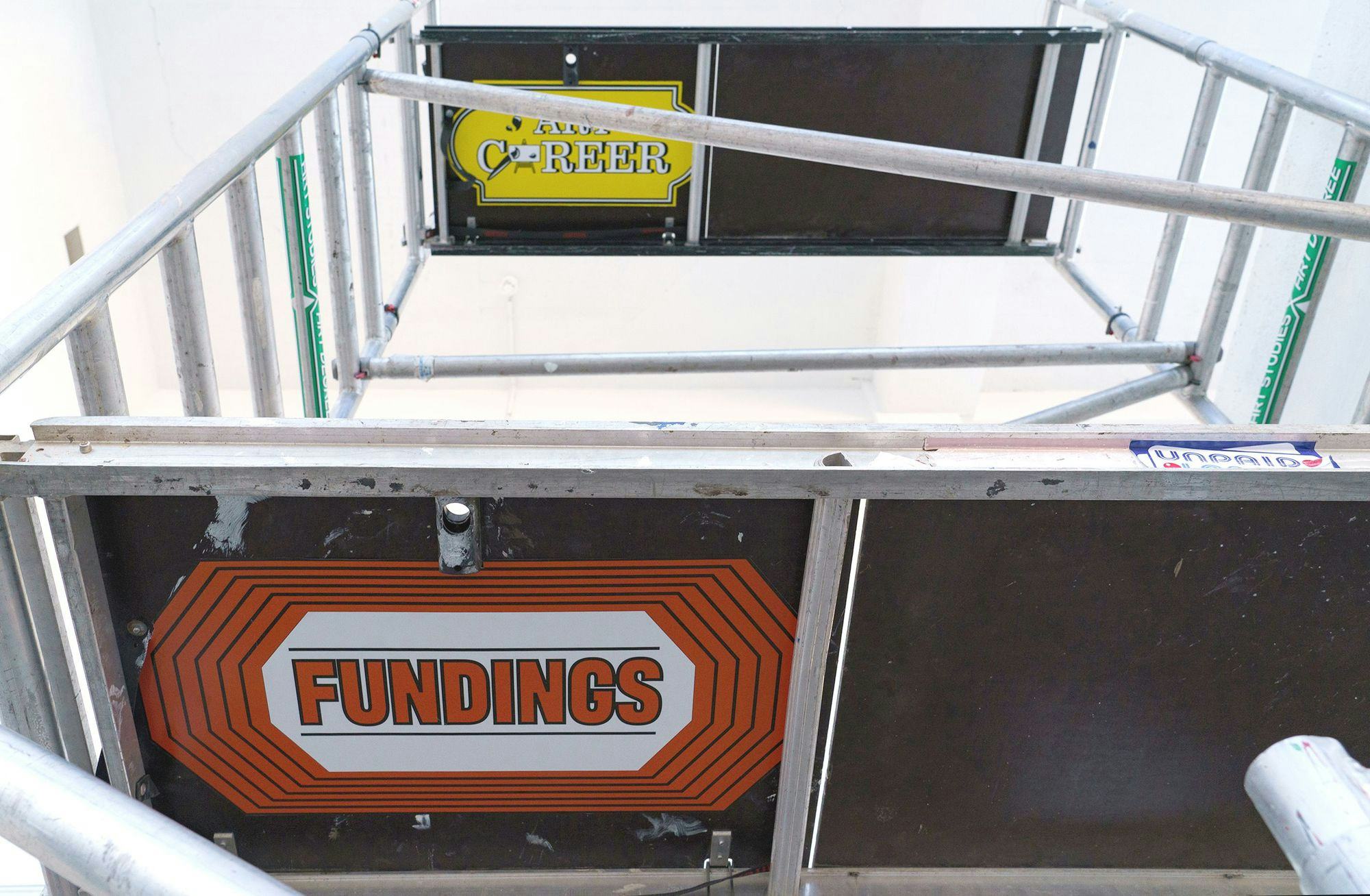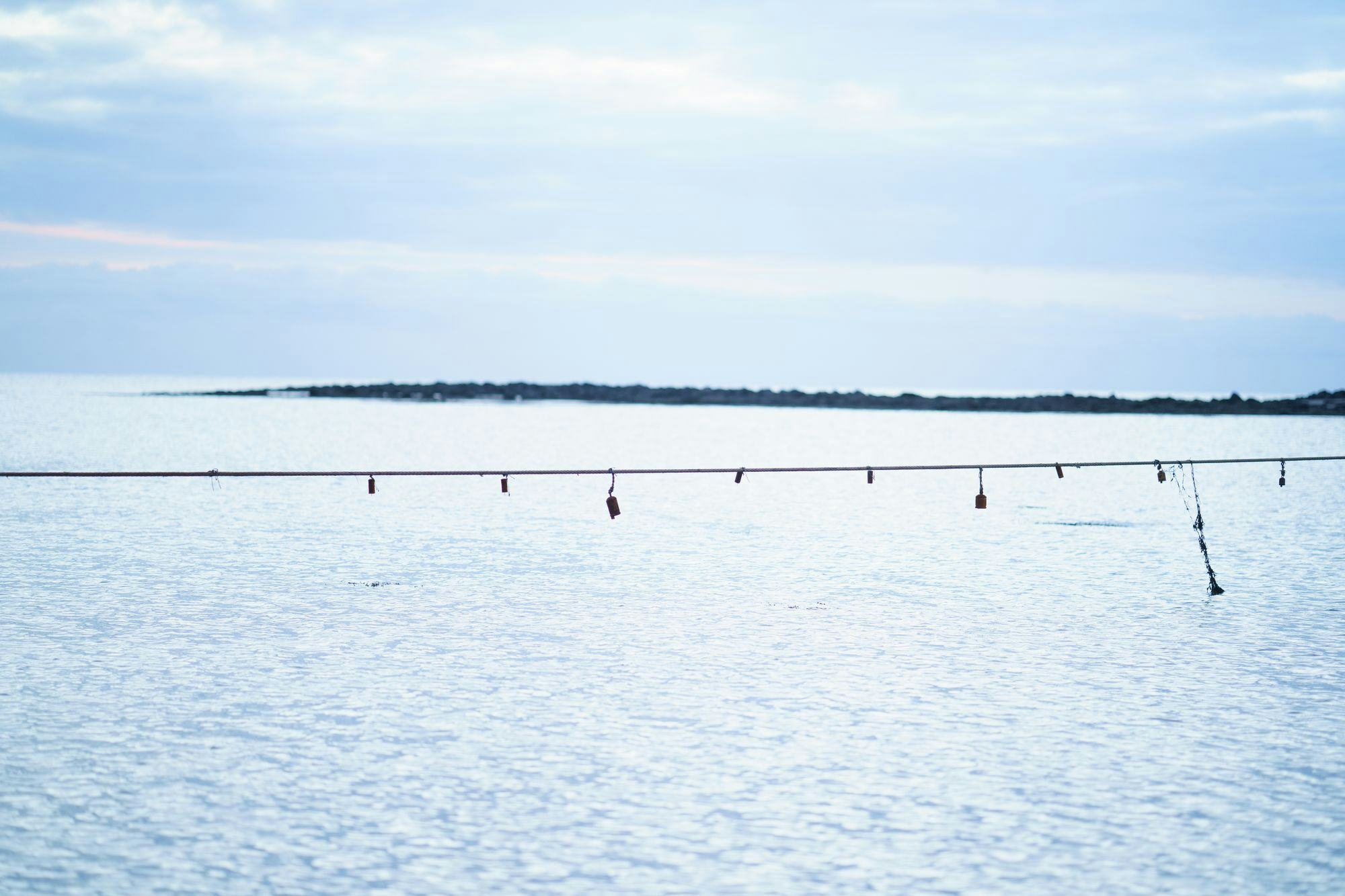Heed
Borghildur Óskarsdóttir

Borghildur Óskarsdóttir (b. 1942) has an illustrious artistic career spanning six decades. She is still engaged with art, as it has become intertwined with her life and work.
The exhibition sheds light on her fruitful and diverse journey, artistic approach, and works. Alongside the exhibition, a refined book is released, placing her works in the context of art and science, history, and contemporary times.
Borghildur's works speak to the contemporary era, characterized by an effort to reconsider the traces humans have left on nature, the sky, and the earth with all its biodiversity. Her environmental works already stand within the country's nature, including the piece "Flæðisker" (1998), where the word "nature" is cast in large letters and laid out on the shore of Skerjafjörður. The work is now buried under sand and sea – nature claimed it. Another extensive work, "Threads on Land" (2014), can be found across seven farmsteads in Landsveit and Rangárvellir; engraved tablets telling the ancestral stories of the people who lived on these farms. Here, Borghildur discusses the stories of real people in their struggle against natural forces and the laws of men that connect us to the roots of the land and people – our heritage and future.
Borghildur creates her works using a variety of media: graphics, drawing, text, painting, sculptures, photography, video, sound, book art, installations, performances, and the list goes on. No material or method of presenting artworks is irrelevant to her. However, clay as a material, as well as glass, serve as a common thread throughout her works. From being the material in her self-portraits (1983) – saturated with melancholy between light and darkness – to numerous other sculptures, into the extensive installation "Þjórsá" (2018), where she floats delicate green-blue clay bowls into the river after arranging them in farmsteads of her ancestors, standing where the proposed Hvammsvirkjun hydroelectric plant is supposed to rise. Vessels and bowls can symbolize femininity, and with warmth, she envelops the land and the long cultural history of Icelandic common people, akin to land goddesses, to heal the wounds created by ingrained and patriarchal thoughts of dominion. Mother Earth, with its delicate ecological context that gives life, is repeatedly interwoven with the fatherland in her works.
Borghildur's works are subtly high-political and touch upon the poignant issues of Icelandic society, history, and culture, ranging from the vulnerable position of women within patriarchy to the precarious position of the country's inheritance. She has a unique way of conveying in her works wounds that do not easily heal, even though they are diverse, woven with layers, spread out, and silenced; melancholy in the shadow of patriarchal gender discrimination, brutal dislocations of families between towns, grand transformations of the land, and drying up of the cultural heritage in the favor of industrialization. The wounds she points out are still unhealed and require attention, care, and open discourse so that society can take prosperous steps into the future.
This is the result of the research work of Aðalheiður Lilja Guðmundsdóttir, but the Reykjavík Art Museum received the Museum Council's Öndvegisstyrkur in 2021 to investigate the role of women in Icelandic visual arts in collaboration with the art history program at the University of Iceland. The exhibition is the second of three, and at the beginning of 2023, an outstanding exhibition of works by Hildur Hákonardóttir opened at Kjarvalsstaðir, which was the result of research by Sigrún Inga Hrólfsdóttir.
Artist: Borghildur Óskarsdóttir
Curator: Aðalheiður Lilja Guðmundsdóttir





-icelandic-pavilion-2000x2667.jpg&w=2048&q=80)

